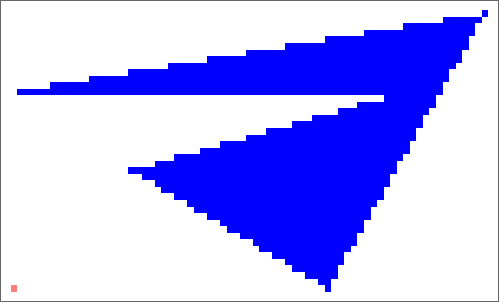
As an example, this is the case of the Tecnis™ Z9000 IOL and the Invent ZO from Carl Zeiss. In the first one, the IOL design is calculated with a sufficient negative spherical aberration (SA) in order to balance the positive corneal SA and then reduce optical aberrations of the whole pseudophakic eye. Ĭoncerning optical aberrations handling, two main approaches of IOL are used. In the case of a monofocal lens, the objective is obvisouly to optimize the pseudophakic eye for far vision and the evaluation of the IOL power has been an important area of study. The final results of this work exhibit the wave front aberration as a function of the normalized exit pupil for each element of the above design.Pseudophakia, or pseudophakic eye, corresponds to an eye in which the natural crystalline lens is replaced with an intraocular lens (IOL) after cataract surgery. Its performance has been evaluated through programs based on the exact ray tracing for spherical surfaces. The refracting part of the telescope is a quadruplet system (camera lenses),Įspecially, designed for space-based telescopes. So, the used programs for extracting the mirrors parameters and evaluating their performance based on the skew ray tracing for conic surfaces. The reflecting part of the telescope under investigation is a two mirror system, both are hyperboloid. This substitution or replacement is of a great utility it provides flexibility to minimize, directly, the wave front aberration and consequently improving the optical system performance through modifying the system parameters (design parameters), which are implanted in Seidel Sum Expressions, during the process of designing each element individually or the whole system globally. This procedure has been considered to exhibit the performance of an astronomical space-based telescope, regardless of the severe environment of space, by substituting Siedel terms of the primary aberrations in the corresponding coefficients of the wave aberration function. The primary wave front aberration function instead of the rays (transverse and longitudinal) aberrations because of its physical significance over rays aberrations has been considered as a measure to exhibit the performance of any optical system. Particularly, the paraxial ray tracing program, has been employed to obtain the Gaussian properties of an optical system and it may be used to design achromat lenses, i.e., correcting the chromatic aberration with treated spherical and coma aberrations of lenses. These programs have been employed to calculate Seidel Sum Expressions of the primary (third-order) aberrations for the evaluation of the optical system. 3.Skew ray tracing for Cartesian or quadric surfaces of revolution (conic surfaces).

This code includes programs for:1.Paraxial ray tracing. In this work, a code of ray tracing programs has been constructed.


 0 kommentar(er)
0 kommentar(er)
